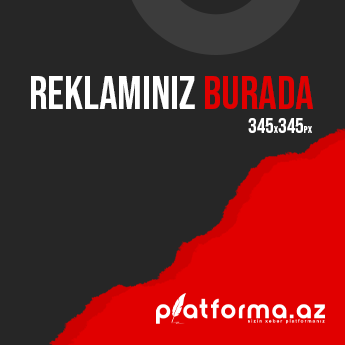Contents:

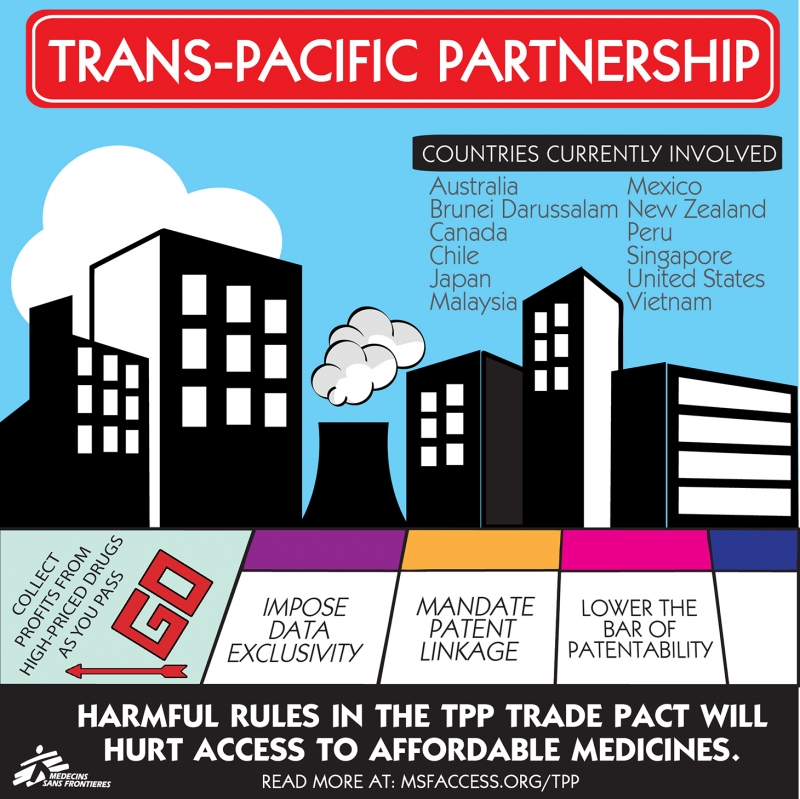
The https://1investing.in/ Ratio helps understand the ability of the firm to take care of its current obligations. Both Current Ratio and Quick Ratio include receivables during their measurement. The ultimate difference between the Current Ratio and the Quick Ratio is the difference in measuring a firm’s liquidity. However, during phases of stability in the economy, a low quick ratio is acceptable.
COGENT BIOSCIENCES, INC. MANAGEMENT’S DISCUSSION AND ANALYSIS OF FINANCIAL CONDITION AND RESULTS OF OPERATIONS (form 10-K) – Marketscreener.com
COGENT BIOSCIENCES, INC. MANAGEMENT’S DISCUSSION AND ANALYSIS OF FINANCIAL CONDITION AND RESULTS OF OPERATIONS (form 10-K).
Posted: Tue, 14 Mar 2023 13:09:08 GMT [source]
Companies settle their liabilities by paying them back in cash or providing an equivalent service to the other party. Although these assets are not used in performing daily operations, these help in generating significant revenue. Short-term investments, income generated from fixed deposits, and vacant land are the best examples of non-operating assets. An asset is a physical or non-physical item of economic value owned by a business. These items help the business to create economic value and generate revenues.
Role of Assets in estimating business value:
However, the examples of marketable securities in the funds is higher because the companies they invest in have a greater risk to their revenues and profits. There is an inverse relationship between yield and price of a bond. This is because as the discounting rate is increased, the final present value reduces.
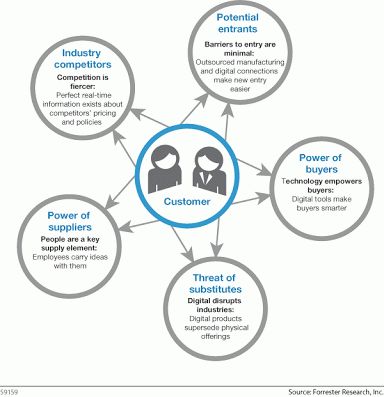
Also, the value of inventory is not guaranteed, meaning there’s no certainty in the amount that’ll be received for liquidating the inventory. The management of marketable securities is discussed separately in this unit. The institution has to sell securities worth of Rs. 1,00,000 every time to optimise the transaction cost and interest income on marketable securities. That means, the sale will be effected at the end of every fifth week.
Do you know what Callable Bonds and Puttable Bonds are?
Quick ratio can be calculated by using a company’s balance sheet. In most cases, the ideal current ratio is double that of the quick ratio. If both ratios can be the same, a company’s inventory and prepaid expenses should be NIL with no bank overdrafts. To better understand the liquidity position, one should only consider the customer payments that are due within 90 days or less to avoid payment failures of suppliers.
The ratio seeks to assess the short-term liquidity of a company and leaves out any asset which cannot be easily converted to cash. Hence, the quick ratio is also referred to as an Acid Test as well. With this information, stakeholders can also understand the company’s prospects. For instance, the balance sheet can be used as proof of creditworthiness when the company is applying for loans. By seeing whether current assets are greater than current liabilities, creditors can see whether the company can fulfill its short-term obligations and how much financial risk it is taking.
What is an asset?
Debt securities, including government bonds, corporate bonds, certificates of deposit , and collateralized debt obligations , typically pay the regular holder interest and repay the principal . `Performance) Furthermore, all other contractually agreed rights and usually issued for some time, after which the issuer can repay. Debt securities can be secured or unsecured, and with collateral, they can be contractually prioritized over other unsecured subordinated bonds in the event of bankruptcy. “Liquid” means the safety can easily be converted into cash on quick notice by the business that holds it. A marketable safety is a short-time period investment, that means the enterprise plans to hold it for lower than one yr.
In studying the firm’s cash flows, he determines that the standard deviation of daily cash balance is Rs. 5 lakhs. The firm must maintain a minimum balance of Rs lakhs to comply with compensating balances requirements. Calculating the current asset total for a company in any given fiscal year is crucial for any company’s management pertaining to its daily operations. Since most of a company’s payments towards various loans and bills are made towards the end of a month, the management must have an idea about how much cash they can comfortably spend at that time.
Cash and money equivalents, corresponding to cash in checking or financial savings accounts, are the first gadgets listed. For instance, a company can sell Treasury bonds it owns just by inserting the order with a broker. If these securities and/or debt are anticipated to be converted into cash within one year, they are listed at their current market value, in the Current Assets section of the balance sheet.
- Short-term investments, also known as marketable securities or short-term investments, are those which can simply be transformed to cash, sometimes inside 5 years.
- Short-term investments, income generated from fixed deposits, and vacant land are the best examples of non-operating assets.
- Businesses define assets as the things that can sustain their production and progress.
- Thus, goods available for resale form a part of inventory in case of merchandising companies.
It usually refers to the total accessible cash of an organisation. In the context of a company, cash in hand helps in the inference of the number of days for which an organisation can carry on with paying its operating expenses with the available cash. Possessing a high amount of inventory for a long period is not usually good for a business because of inventory storage, obsolescence and spoilage costs. However, possessing too little inventory isn’t good either because the business runs the risk of losing out on potential sales and potential market share as well. Analyzing the speed at which a company collects its receivables can tell us a lot about its financial efficiency. The company may be letting customers stretch their credit in order to recognize greater top-line sales and that can spell trouble later on, especially if customers face a cash crunch.
We will discuss some of the major characteristics of the market under three broad heads namely money market, market for long-term capital and market for derivative securities. Marketable securities are financial devices that can be bought or transformed into cash within one yr. They are highly liquid investments that are typically issued by businesses to lift funds for working expenses or growth.
Assets that get easily converted into cash or utilized through the normal operating cycle of the business or within one year are current assets. Here, the operating cycle means the time it takes to buy or produce inventory, sell the finished products and collect cash for the same. On the other hand, buying securities with borrowing, called margin trading, is a popular investment method. In essence, a company can offer property rights in the form of cash or other securities early or late in payment to settle debts or other obligations to other companies. These collateral arrangements have increased recently, especially among institutional investors. Equity securities represent the ownership of shareholders of a company .
The two types of equity securities are common stock and preferred stock. Exhibit-7 shows some of the inputs, which you normally see in a money market page of economic dailies. Practicing MNC cash managers have developed a number of techniques designed to optimize the process of international cash management in the face of these difficulties. Second,many MNCs have instituted a process called multilateral netting. The desire to invest in securities that have minimum default and interest rate risk and that are readily marketable usually limits the selection to those having relatively low yields.
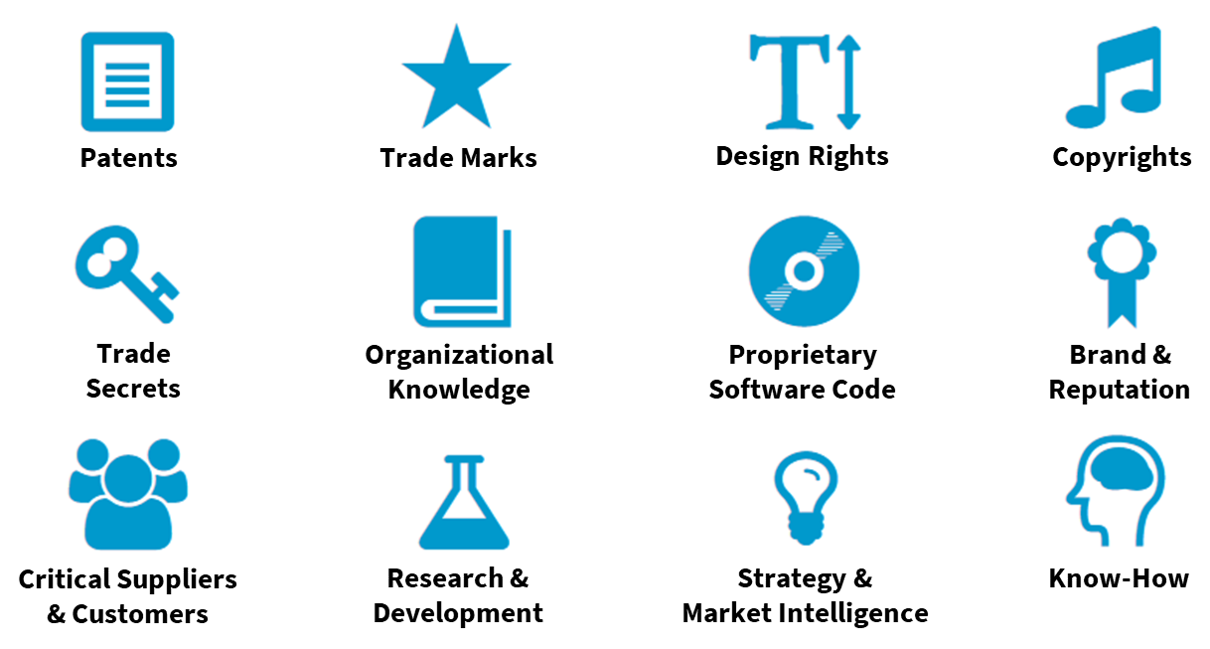
Within every of the two asset classes, there are subcategories that provide additional perception on every asset. For instance, if the gold the company owns is an intangible asset, similar to a future or forward contract, accountants treat the funding like a security. The rate which equates the present value of future cash flows from a bond with the current price of the bond is called the Yield to Maturity of the bond. Thus, YTM is the discount rate implied in the bond value at a point in time. YTM is a popular and widely used method for computing the return on a bond investment.
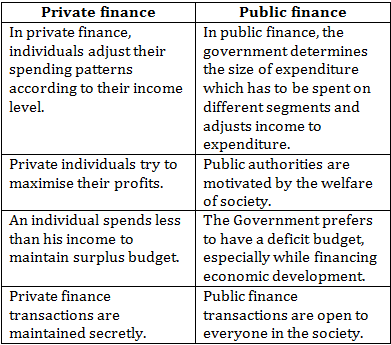
For example, inventory is a type of operating asset, and fixed deposits are a type of non-operating asset. There may also be personal or company assets depending on the ownership and use of the assets. For instance, a car might be a personal asset but is considered a company asset when purchased for business operations. Municipal bond, in spite of the word municipal, includes all bond issues of states, countries, cities, and other political subdivisions of the United States.



